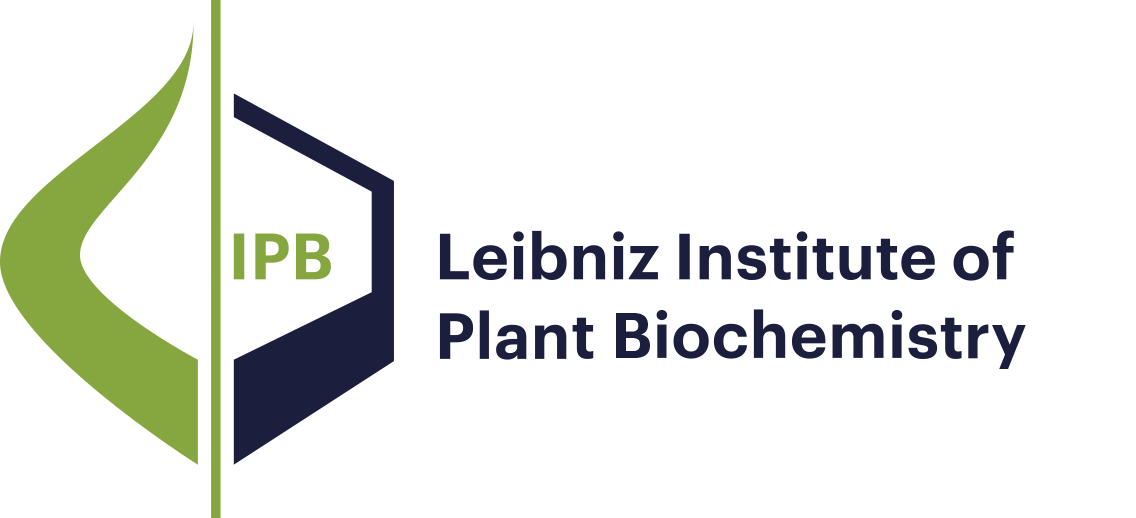- Results as:
- Print view
- Endnote (RIS)
- BibTeX
- Table: CSV | HTML
Publications
Publications
Publications
Publications
Research Mission and Profile
Molecular Signal Processing
Bioorganic Chemistry
Biochemistry of Plant Interactions
Cell and Metabolic Biology
Independent Junior Research Groups
Program Center MetaCom
Publications
Good Scientific Practice
Research Funding
Networks and Collaborative Projects
Symposia and Colloquia
Alumni Research Groups
Publications
Alkyl 2‐chloro‐2‐cyclopropylideneacetates 2 serve as universal starting materials for a new general synthesis of cyclopro‐pylglycines by a simple three‐ to four‐step methodology. 1,4‐Addition of nucleophiles, substitution with azide ion, and mild catalytic deprotection lead to a variety of salt‐free cyclopropyl‐substituted amino acids in good yields, including the natural products 2‐(1‐methylcyclopropyl)glycine (4 ) and cleonin (5 ).
Publications
Callus cultures were established from hypocotyl explants of R. bracteosa, R. chalepensis and R. macrophylla. Calli were maintained for more than three years on MS-medium supplemented with 1 mg l-1 of each 2,4-D and kinetin. Acridone and furoquinoline alkaloids and coumarins have been isolated from four week old calli grown on a hormone containing and hormone-free medium. A new chlorinated acridone alkaloid has been detected.
Publications
N-Methylanthraniloyl-CoA was synthesized via N-succinimidyl N-methylanthranilate and subsequent transesterification with CoA-SH . This compound was characterized by LSIMS and NMR data. An enzyme preparation from cell suspension cultures of Ruta graveolens catalyzed the formation of 1,3-dihydroxy-N-methylacridone from N-methylanthraniloyl-CoA and malonyl-CoA with a pH optimum of 7.5.
Publications
Cultured parsley (Petroselinum crispum) cells respond differentially to UV‐containing white light and fungal elicitor. Both stimuli activate the transcription of genes encoding enzymes of partly overlapping phenylpropanoid biosynthetic pathways. Irradiation induces vacuolar accumulation of flavonoids, whereas elicitor treatment stimulates the secretion of furanocoumarins. Simultaneous treatment of parsley cells with UV light and elicitor results in quantitative changes in both responses. Irradiation reduces elicitor‐induced furanocoumarin synthesis, possibly by post‐transcriptional mechanisms, whereas elicitor treatment completely blocks the light‐induced accumulation of flavonoids by repressing the transcription of the chalcone synthase gene. We have identified elicitor‐sensitive regions in the chalcone synthase promoter by transient expression analysis of selected promoter constructs linked to the β‐D‐glucuronidase reporter gene in parsley protoplasts. These regions are identical to those that were found to be sufficient for light inducibility of the chalcone synthase promoter.

